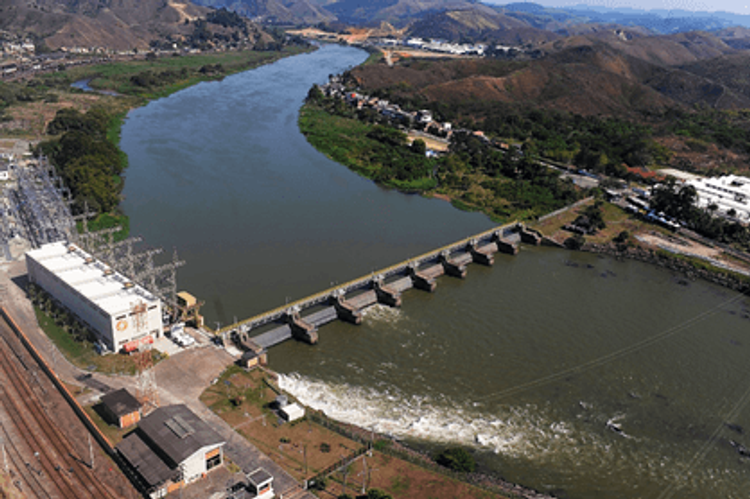Integrated management of Guandu basin for water supply in Rio de Janeiro State
Contributed by: Juliana Fernandes, Associação Pró-Gestão das Águas da Bacia Hidrográfica do Rio Paraíba do Sul (AGVEP)

Contributed by: Juliana Fernandes, Associação Pró-Gestão das Águas da Bacia Hidrográfica do Rio Paraíba do Sul (AGVEP)
